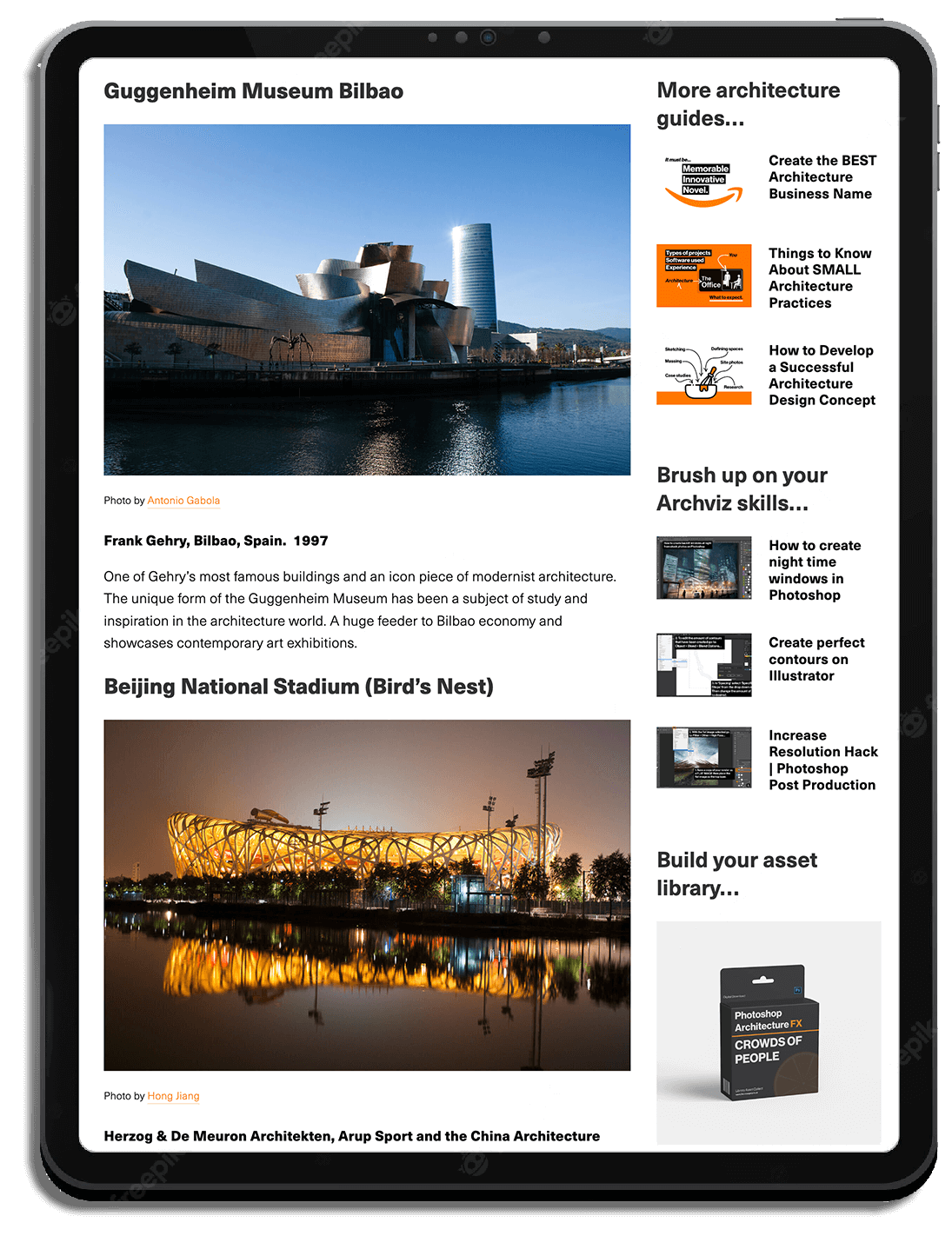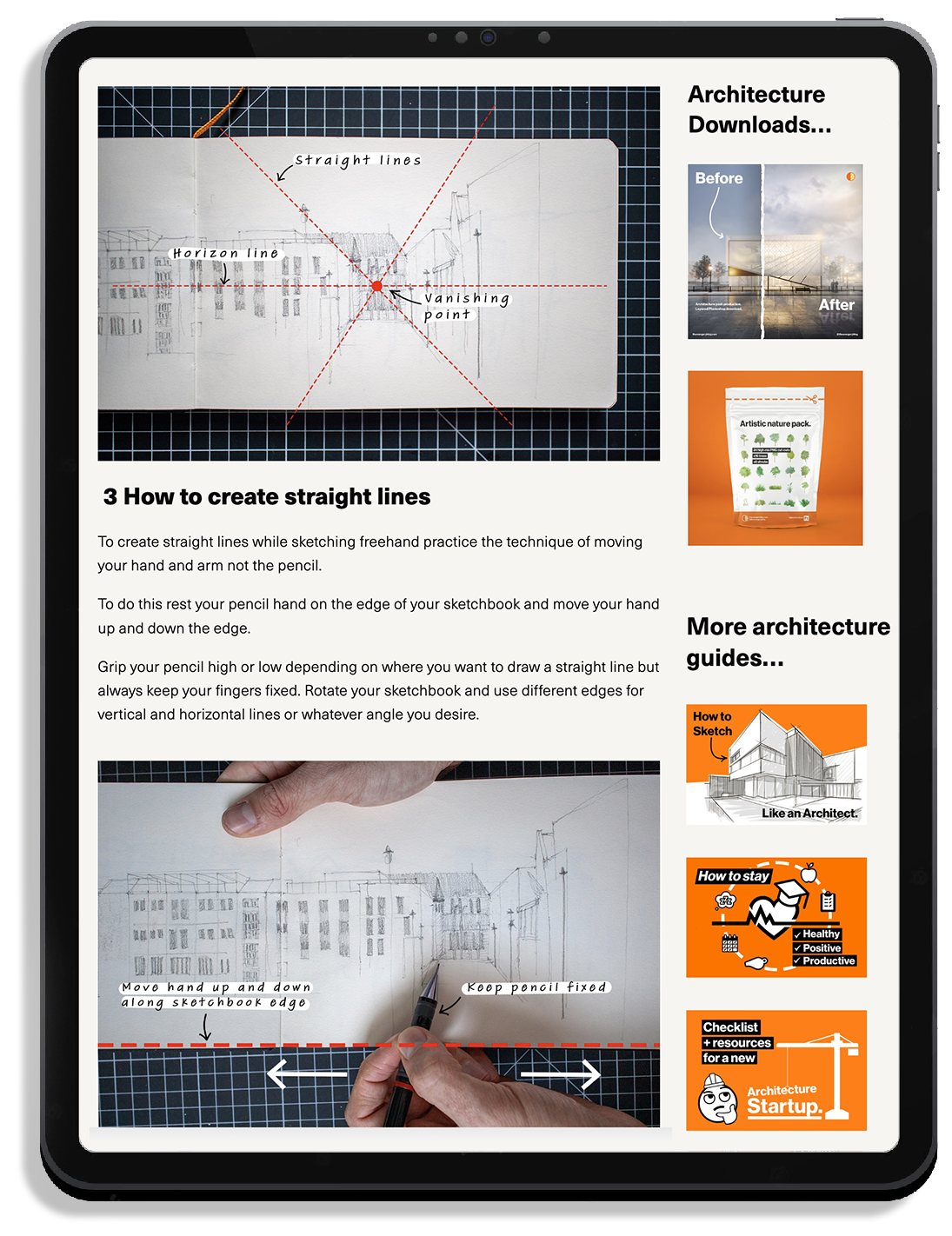Best Guide to Blogging for Architects in 2025
Introduction
Blogging is a powerful tool used for creating digital marketing strategies. Architects must blog to create a successful online presence, grow organic traffic and gain potential clients.
Architects can present their work, build a brand and target chosen architectural niches and markets. However, for an architecture blog to stand out and outperform the competition, you must learn how to structure a blog and include the right elements for search optimisation.
Whether you’re an architect just starting or looking to establish your architecture practice, blogging can be a game-changer for your business.
In this guide, we will dive into why blogging is crucial for architects, how to get started, and the steps you need to follow to create a successful architecture blog.
According to Archmark, a leading branding and marketing agency for Architecture firms, blogging is crucial for architects looking to attract ideal clients and better projects. It's a powerful marketing tool allowing you to showcase your work, highlight your process, and attract new clients.
Instead of just filling your blog with company news, awards, or completed projects, the focus should be on creating helpful, informative articles that demonstrate your expertise.
As Bryon McCartney, CEO & Co-Founder of Archmark, states,
"The most effective content resonates with your audience’s pain points. For architects, it’s about addressing common questions—like ‘What will this cost?’ or ‘What’s the process?’—before the client even asks".
By answering questions prospective clients are already searching for, you can build credibility and trust, improve your search engine ranking, and position your firm as a go-to resource. Consistent blogging can even lead to a significant increase in leads.
1. Understanding Your Audience
Before you start writing, you need to identify who your audience is. Are you looking to muscle in on the target audience of fellow architecture practices, hook in new potential clients, or generate press?
Knowing this will shape the tone, content, and style of your blog.
If your goal is to attract clients, your blogs might focus on showcasing your completed projects, explaining the design process, and addressing common questions asked by clients.
2. Choosing the Right Blog Topics
One of the biggest challenges in blogging is choosing the right topics. There is a vast range of topics within architecture to choose from.
Choosing the right topic will mostly be informed by the target audience. For example, blog about residential extensions if that’s your practice's main client base.
To keep your blog relevant, stay up to date on industry news and trends by following other architectural publications.
3. Structuring Your Blog Posts
Creating a well-structured blog post is essential for readability and Google indexing. A successful blog structure should include;
Keyword specific title
Engaging introduction,
Well-organised body with headings and subheadings
Strong conclusion
Visuals are crucial for a successful architecture blog. Make sure to include quality images that are formatted correctly. This will make your architecture blog far more engaging.
4. SEO Strategies for Architectural Blogs
Search engine optimisation (SEO) is key to making your architecture blog discoverable on search engines. Start with keyword research to identify terms your target audience is searching for.
Use a combination of broad and niche keywords, such as "residential extension" or "sustainable extension design." Furthermore, make sure you follow on-page SEO best practices such as; optimising your title, subtitles, paragraphs, meta descriptions, and image alt texts.
Your blog will fail to rank if not optimised correctly, especially including your geographic location if your target audience is a specific location, for example, "residential extension location"
5. Creating High-Quality Content
The quality of your content is extremely important to your architecture blog’s success. Write clearly and engagingly while demonstrating your expertise.
Remember that not all readers will be experts, it’s important to include technical information to showcase your expertise but also explain clearly.
Break down your technical information into digestible sections using examples where needed.
6. Using Visual Content Effectively
Visual appeal is everything in architecture. Your blog should reflect this. Use high-resolution project photographs, CGIs and videos to capture your readers' attention.
High-quality architecture drawings 3D renderings, and before-and-after photos can also enhance your architecture blog posts making them more informative.
7. Building a Content Calendar
Consistency is key in blogging. A content calendar and pre-planning blog topics help you plan out your posts in advance, ensuring that you stay on top of your posting schedule.
For most architects, one or two high-quality posts per month is a realistic target. Decide how often you can post based on your capacity. Whether it is high or low output isn’t as important as consistency.
8. Promoting Your Blog
Creating great content is just the first step. Build backlinks to your website by conducting blogger outreach. Contact other architecture blogs and alike for guest post and collaboration opportunities.
9. Monetising Your Architectural Blog
While blogging is a primary tool for generating traffic, it can generate a passive income. You can monetise your architecture blog through ads, sponsored posts, or affiliate marketing. You do need high traffic volume for this to be worth it.
10. Common Mistakes to Avoid
A common mistake new bloggers make is being too promotional. Your architecture blog is primarily a resource for readers. You need to offer the reader something valuable to retain their attention. Advertising your services should be subtle and not spammy.
11. Measuring Your Blog’s Success
You can track your architecture blog’s metrics to know how it is performing. Tools like Google Analytics can provide valuable insights such as website traffic, bounce rates, and time spent on pages. Use this data to refine your strategy over time.
12. Engaging with Your Readers
Building a community around your architecture blog can convert readers into clients. Engage with your audience builds trust. Respond to comments, host Q&A sessions, and encourage feedback.
Conclusion
Blogging is an excellent way for architects to share their expertise, build an online brand, and reach new clients.
The key to success lies in understanding your audience, staying consistent, providing valuable insights and having good SEO.
By following the strategies outlined in this guide, you’ll be well on your way to building a successful architectural blog.
Popular FAQs relating to Best Guide to Blogging for Architects
How often should architects blog?
Most importantly the content needs to be high-quality and informative, if so, posting once or twice a month is usually sufficient for architects.
What are the best platforms for starting an architectural blog?
WordPress, Squarespace, and Wix are popular platforms that offer user-friendly templates suitable for architectural blogging.
How can architects find inspiration for blog content?
Architects can find inspiration from their projects, industry news, design competitions, client queries and other architecture blogs.
Should architects invest in professional photography for their blog?
Yes, high-quality images are crucial for creating engaging content and attracting potential clients.
Can architectural blogging lead to more clients?
Absolutely! A well-maintained blog can position you as an expert, helping to attract both clients and collaboration opportunities.



